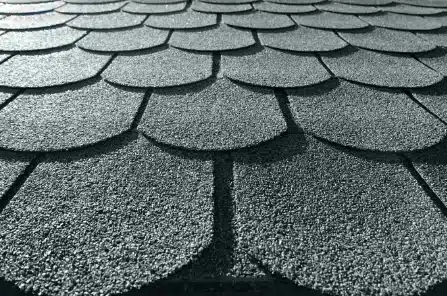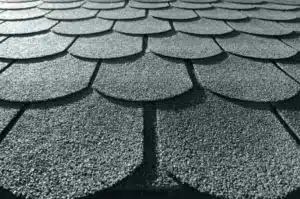Everything You Need to Know About Installing Shingles
When it comes to roofing, shingles are a popular and versatile choice. Whether you are a seasoned contractor or a DIY enthusiast, understanding the fundamentals of installing shingles is essential for a successful roofing project. In this comprehensive guide, we will walk you through the key steps, materials, and tips you need to know to install shingles effectively.
Materials and Tools
Before you start installing shingles, gather all the necessary materials and tools. You will need shingles, roofing nails, underlayment, a hammer, a utility knife, a chalk line, a ladder, and safety equipment such as gloves and safety glasses. Ensure that you have all the materials on hand to avoid interruptions during the installation process.
Safety First
Before climbing onto the roof, prioritize safety. Wear appropriate safety gear, including a harness if necessary, and make sure the ladder is stable and placed on a flat surface. Clear the work area of any debris and be mindful of your surroundings throughout the project.
Prepare the Roof
Start by inspecting the roof for any damage or issues. Replace any damaged or rotting wood and make sure the roof surface is clean and free of debris. Install an appropriate underlayment to provide an extra layer of protection against leaks.
Install Drip Edge
Drip edge is a crucial component that helps direct water away from the roof and prevents damage to the underlying structure. Install drip edge along the eaves and gables before laying the shingles.
Start with a Starter Strip
Begin the shingle installation with a starter strip along the eaves. This provides a solid foundation for the rest of the shingles and helps prevent wind damage. Ensure the starter strip overhangs the eaves slightly to facilitate proper water drainage.
Use a Chalk Line for Alignment
Achieving straight and aligned rows of shingles is vital for both aesthetics and functionality. Use a chalk line to create straight guidelines for the first row of shingles, ensuring a neat and professional finish.
Nail Placement and Technique
When nailing shingles, use the designated nailing area to prevent leaks. Nails should be placed above the adhesive strip and driven in at a slight angle to secure the shingles effectively. Avoid overdriving or underdriving the nails, as both can compromise the integrity of the roof.
Overlap Shingles Properly
Ensure each shingle overlaps the one below it according to the manufacturer’s instructions. This prevents water from seeping through the gaps and enhances the roof’s ability to shed water efficiently.
Valley and Ridge Installation
Take extra care when installing shingles in valleys and ridges, as these are vulnerable areas for water penetration. Install metal flashing in valleys and ridge vents at the ridges to enhance ventilation and protect against leaks.
Cut Shingles with Precision
During the installation process, you will likely encounter areas where shingles need to be trimmed. Use a utility knife to cut shingles with precision, ensuring a clean and professional look.
Ventilation Considerations
Proper roof ventilation is crucial for the longevity of the shingles and the overall health of the roofing system. Install vents as needed to facilitate air circulation and prevent issues such as heat buildup and moisture accumulation.
Inspect and Maintain
Once the shingles are installed, conduct a thorough inspection to ensure everything is in place and sealed correctly. Regular maintenance, including periodic inspections and cleaning, will help prolong the life of your roof.
In conclusion
installing shingles requires careful planning, attention to detail, and adherence to safety guidelines. By following these steps and tips, you can achieve a durable and visually appealing roofing system that will protect your home for years to come. Whether you’re a seasoned professional or a DIY enthusiast, this guide equips you with everything you need to know for a successful shingle installation.














